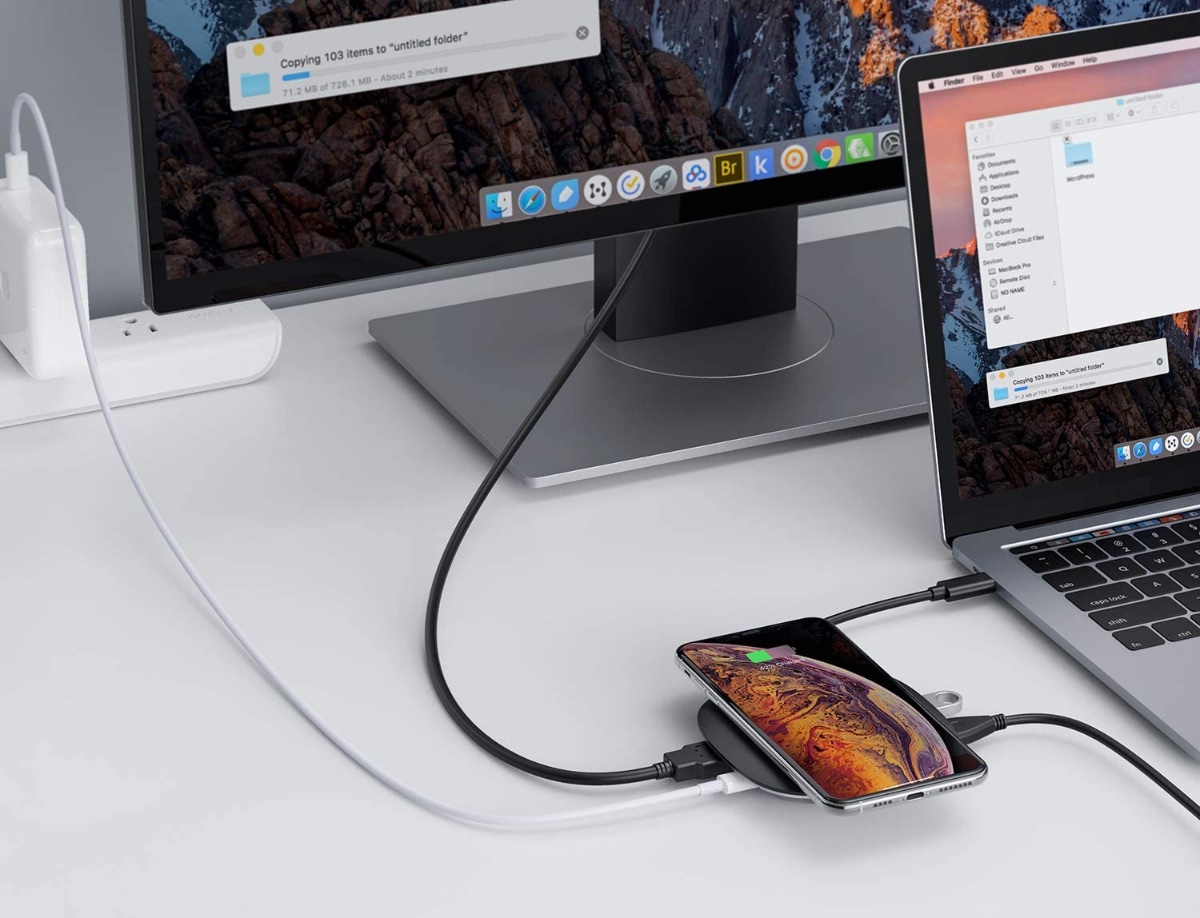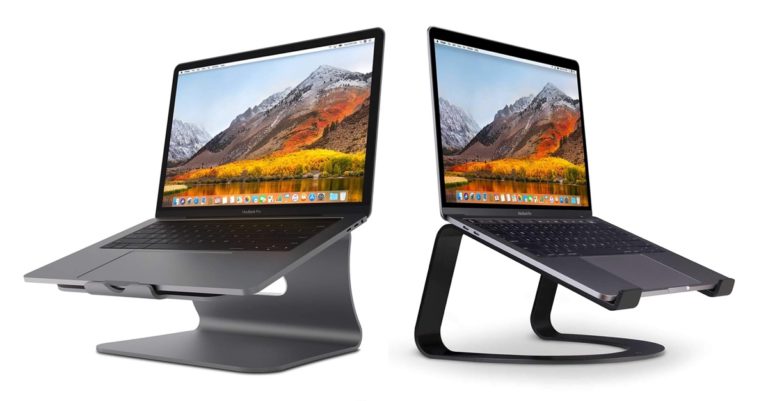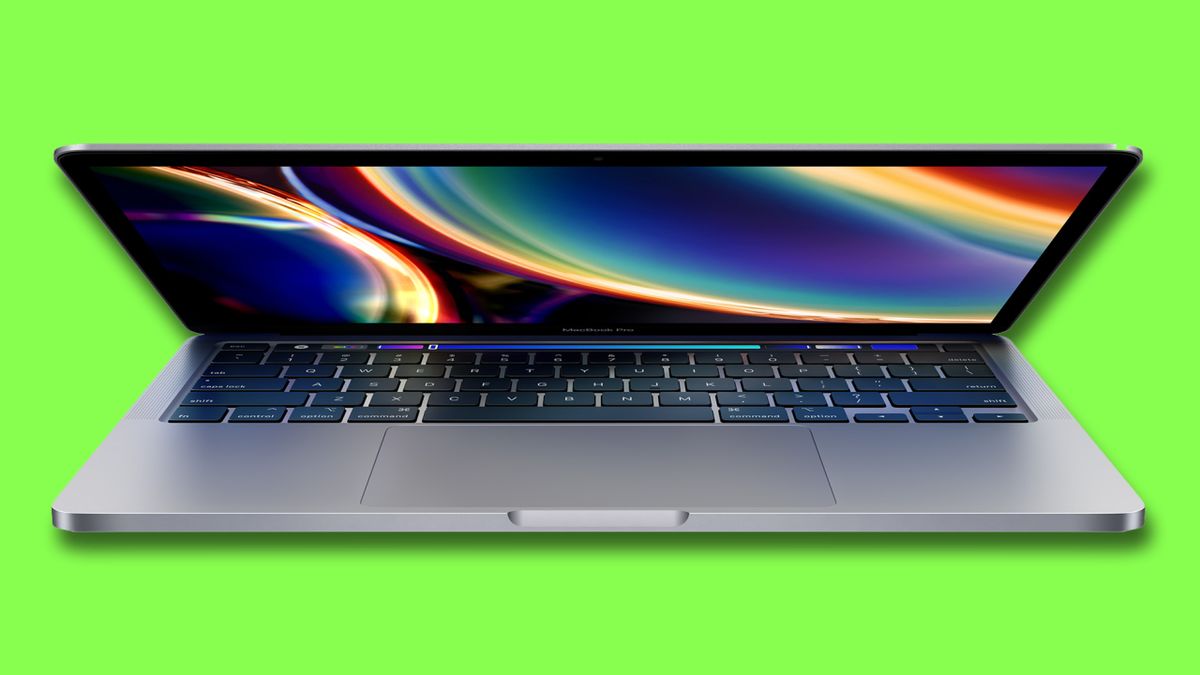
The board was designed to use the next generation of 16K bit memory chips when they became available. Memory used the new 4K bit DRAM chips, and was 4 KiB, expandable to 8 KiB on board, or 64 KiB externally.

The Apple I CPU ran at 1.022 727 MHz, a fraction ( 2⁄ 7) of the NTSC color carrier which simplified video circuitry. Wozniak's design originally used a Motorola 6800 processor, which cost $175, but when MOS Technology introduced the much cheaper 6502 microprocessor ($25) he switched. These recovered boards were then destroyed by Apple, contributing to their rarity today. As Wozniak was the only person who could answer most customer support questions about the computer, the company offered Apple I owners discounts and trade-ins for Apple IIs to persuade them to return their computers. In October 1977, the Apple I was officially discontinued and removed from Apple's price list. It continued to be sold through August 1977, despite the introduction of the Apple II in April 1977, which began shipping in June of that year. In April 1977, the price was dropped to $475. About 200 units were produced, and all but 25 were sold within nine or ten months. The first unit produced was used in a high school math class, and donated to Liza Loop's public-access computer center. The Apple I went on sale in July 1976 at a price of US$666.66, because Wozniak "liked repeating digits" and because of a one-third markup on the $500 wholesale price. To fulfill the $25,000 order, they obtained $20,000 in parts at 30 days net and delivered the finished product in 10 days. Very soon after, Steve Jobs arranged to sell "something like 50" completely-built computers to the Byte Shop (a computer store in Mountain View, California) at $500 each. To fund this small venture-their first company-Jobs sold his van and Wozniak sold his HP-65 calculator. Wozniak calculated that having the board design laid out would cost $1,000 and manufacturing would cost another $20 per board he hoped to recoup his costs if 50 people bought the boards for $40 each. Then, Steve Jobs suggested that they design and sell a single etched and silkscreened circuit board-just the bare board, with no electronic parts-that people could use to build the computers. After building it for himself and showing it at the club, he and Steve Jobs gave out schematics (technical designs) for the computer to interested club members and even helped some of them build and test out copies. He was so inspired that he immediately set to work on what would eventually become the Apple I computer. On March 5, 1975, Steve Wozniak attended the first meeting of the Homebrew Computer Club in Gordon French's garage. Introductory advertisement for the Apple I computer

Production was discontinued on September 30, 1977, after the Jintroduction of its successor, the Apple II, which Byte magazine referred to as part of the "1977 Trinity" of personal computing (along with the PET 2001 from Commodore Business Machines and the TRS-80 Model I from Tandy Corporation). Wozniak demonstrated the first prototype in July 1976 at the Homebrew Computer Club in Palo Alto, California.

The Apple I was Apple's first product, and to finance its creation, Jobs sold his only motorized means of transportation, a VW Microbus, for a few hundred dollars (Wozniak later said that Jobs planned instead to use his bicycle to get around), and Wozniak sold his HP-65 calculator for $500. The idea of selling the computer came from Wozniak's friend and co-founder Steve Jobs.

The Apple Computer 1, originally released as the Apple Computer and known later as the Apple I, or Apple-1, is an 8-bit desktop computer released by the Apple Computer Company (now Apple Inc.) in 1976. ( October 2021)Įxpandable to 8 KB or 48 KB using expansion cardsĤ0×24 characters, hardware-implemented scrolling ( Signetics 2513 "64×8×5 Character Generator" ) Further details may exist on the talk page. Please expand the article to include this information. This article is missing information about hardware description - unlike other similar micro computer articles, this article does not discuss and detail the actual capabilities.


 0 kommentar(er)
0 kommentar(er)
